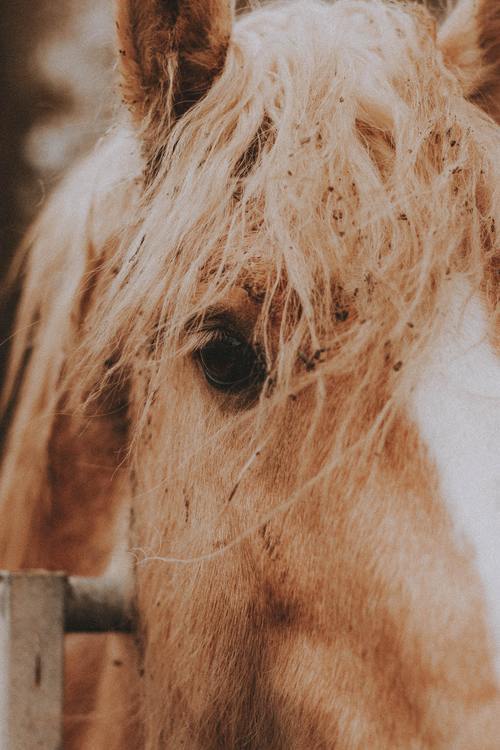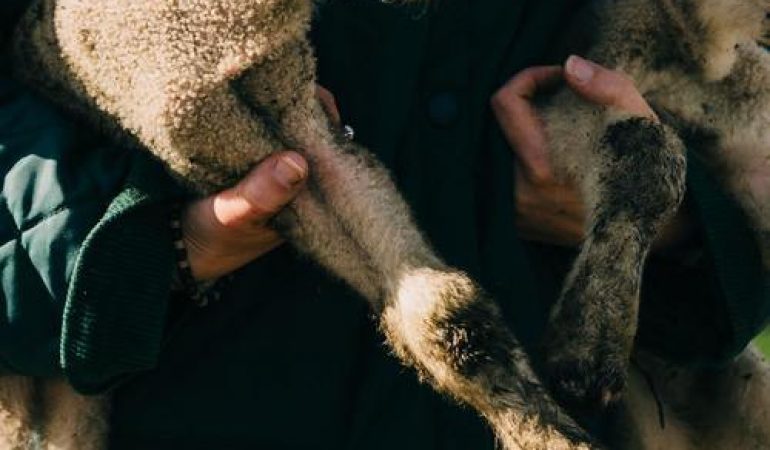Medical Imaging Screens Ranch Animals
Medical imaging is a highly effective means of diagnosing animal diseases. For resorts and ranches that rely on animals, like horses, dogs, cattle, and sheep during the normal course of business, imaging provides a relatively fast way to screen and treat illness. During the process, imaging professionals, like https://antarosmedical.com/ take steps to secure and protect the animal. Here are four steps in the imaging process for ranch and resort animals.

Restraints
Protective apparel is necessary to manually position and restrain animals for medical imaging. In some states, manual restraint is illegal. Anesthesia or sedation is one course of action. Chemicals restrain the subject without need for tactics used in a manually restraining process. A relaxed animal helps shorten imaging and examination time. Comfortably positioning an animal with pads, sandbags, and tape prevents it from hurting itself or imaging staff. Less movement by the animal decreases its exposure to radiation and allows appropriate film focus distance for quality images. It’s vital to maximize the x-ray quality to avoid misdiagnosis. Properly positioning ranch animals during medical imaging results in optimal visibility of internal structures and organs.
Safety
Safety procedures ensure that radiation sources do not harm the animal or personnel over time. Gloves and aprons help reduce exposure if the x-ray beam goes beyond an animal’s placement position. Too much exposure away from the subject may degrade the image quality captured by the system.
Diagnosis
Evaluating an image requires interpretation by an imaging professional with substantial experience. Using a systematic approach, a detailed review of x-ray images helps professionals who work for ranches and resorts to make accurate interpretations and prescribe treatments.
Imaging technology continues to evolve. Over the last two decades, digital machines are expediting the imaging process for ranch animals. By linking a laptop to an imaging machine, professionals may obtain quality images in minutes. Finding solutions for a horse with a delicate legs or a kid with an infected joint is a much simpler process. Small animal facilities handle the x-ray needs of sheep or smaller animals who may have eaten the wrong thing. Ranches and resorts that have their own in-house imaging teams possess smaller imaging equipment that staff may easily move into a barn or animal holding area.
For large animals, internal photos are not as easily obtained. Some medical imaging machines have difficulty capturing images of deeper tissues. Imaging machines may help in certain cases, such as identifying blockages from sand in large animal abdomens or stones caught in the intestine. In these cases, imaging professionals perform an ultrasound. The key is to use imaging to quickly diagnose and treat a ranch or resort animal’s illness, so it may return to service.




